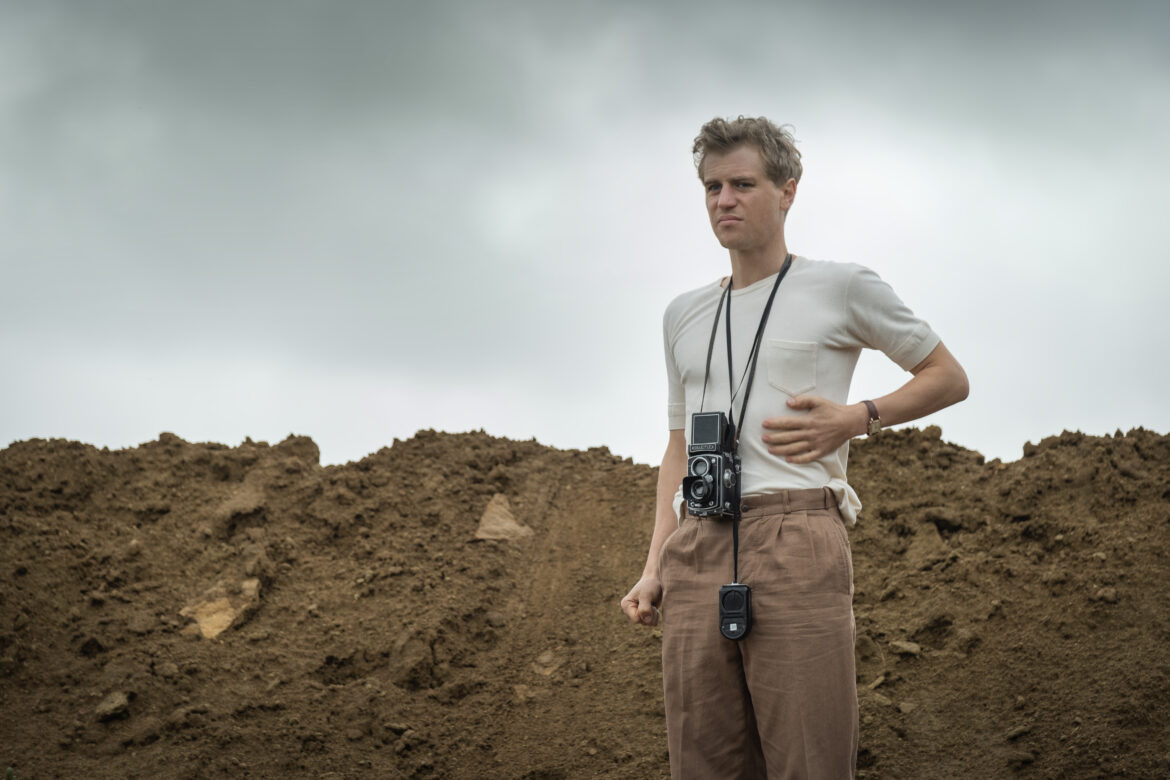
After the initial discovery, the narrative pivots away from Basil and Edith.


Unfortunately, the filmmakers, including Stone and screenwriter Moira Buffini, who adapted John Preston’s 2007 novel, don’t seem to trust the modest set-up and gin up the narrative with artificial conflict and historical fabrication. They simply embody the thrill of hard work paying off and witnessing history being uncovered before our very eyes. The actual moments of Basil uncovering the ship have a kind of thrill lacking in later moments, even if there’s no narrative surprise. Sure, there are platitudes about how the past speaks to us if we listen to it and conventional approaches to the scenes of discovery, but it’s effective. It’s mildly inspirational, pairing this sickly widow with the commoner archaeologist and thrilling at their discovery and partnership in uncovering the wonders of English history.

This set-up is all well and good in terms of narrative plotting, as it sets up a class-conflict between the auto-didact Basil (who also wrote a book on astronomy for amateurs) and the stuffy professionals who think that such an important site cannot be trusted to him, even though his skill was instrumental in uncovering it. Edith holds her ground though, choosing instead for Basil to work alongside the more mainstream archaeologists to uncover the site’s treasures. It proves to be a huge find, and as a result various museum officials and professional archaeologists descend on the site to pluck it away from Basil and take the credit for themselves. Edith has a hunch that there’s something beneath the largest mound, and sure enough there is, as Basil quickly finds evidence of an Anglo-Saxon burial ship.

The film wastes no time getting to the plot as widowed landowner Edith Pretty (Mulligan) hires self-taught archaeologist Basil Brown (Ralph Fiennes) to excavate the burial mounds on her property in the east of England in 1939. It’s handsomely shot and sheds light on the historical contributions of people left by the wayside of history, but sadly, despite all these superlatives, it ultimately proves to be a film made by people who don’t trust the historical interest of the subject matter to provide enough conflict for a dramatic feature. It stars talented actors in Carey Mulligan, Ralph Fiennes, and Lily James and depicts the archaeological dig of Sutton Hoo, which uncovered Anglo-Saxon artifacts from the 6th-century. Simon Stone’s The Dig, the Netflix Original film that dropped in the quiet of January, has the kind of assured cast and historical premise that is appealing to anyone with an interest in history.


 0 kommentar(er)
0 kommentar(er)
